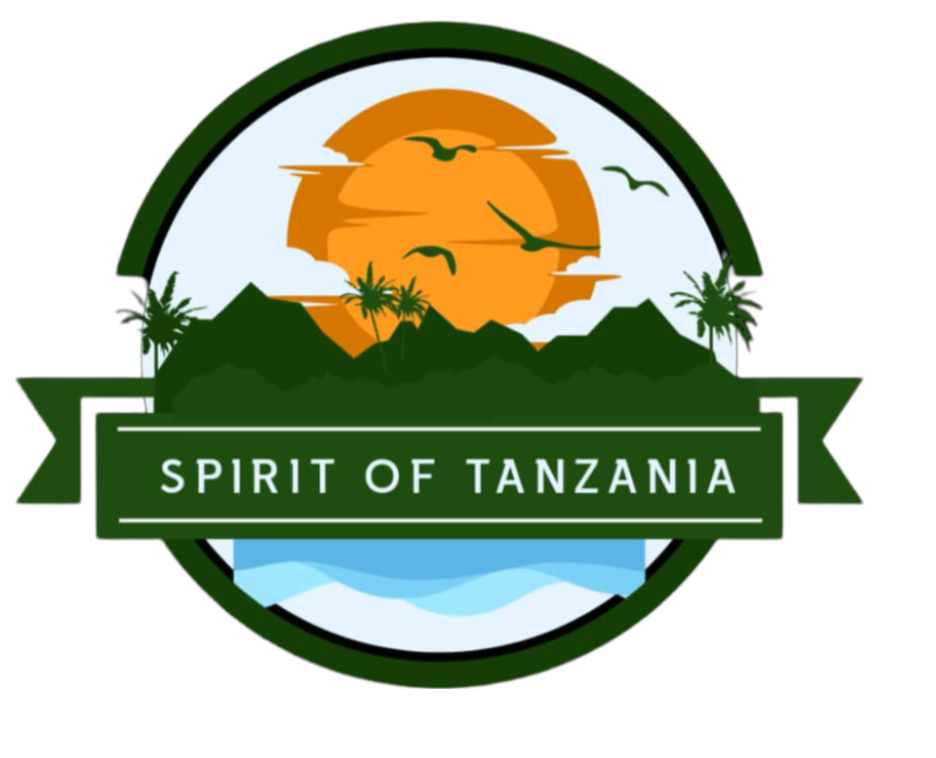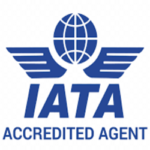6 DAYS MOUNT KILIMANJARO SHIRA ROUTE
The Shira Route is one of the less frequented paths to the summit of Mount Kilimanjaro, offering a unique trekking experience characterized by stunning landscapes and fewer crowds. Starting from the western side of the mountain, this route provides an exceptional opportunity to explore the diverse ecosystems and dramatic scenery of Kilimanjaro.
Highlights:
Dramatic Scenery: The Shira Route begins on the western flank of Kilimanjaro, where trekkers are immediately greeted with breathtaking views of the mountain’s expansive and rugged terrain. The approach to the Shira Plateau offers stunning vistas of volcanic landscapes and the towering peaks of Kilimanjaro.
High Altitude Start: Unlike many other routes, the Shira Route starts at a higher altitude (approximately 3,600 meters or 11,800 feet) at the Shira Gate. This allows trekkers to experience some of the higher altitude landscapes earlier in the trek and helps acclimatization.
Exploration of the Shira Plateau: The Shira Plateau is a highlight of this route, offering expansive views and a diverse range of flora and fauna. The plateau’s unique vegetation includes giant lobelias and senecios, creating a surreal and otherworldly atmosphere.
Fewer Crowds: The Shira Route is less popular than other routes, such as the Marangu or Machame routes. This means trekkers can enjoy a more tranquil and solitary trekking experience with fewer encounters with other groups.
Varied Terrain: The route traverses a range of terrains, from the rocky and barren landscapes of the Shira Plateau to the lush rainforest and alpine desert. This variety provides trekkers with a comprehensive view of Kilimanjaro’s diverse ecosystems.
Unique Summit Approach: The route approaches the summit from the west, offering different views of Kilimanjaro’s glaciers and ice fields. The ascent to the summit via the Western Breach is both challenging and rewarding, with spectacular views of the mountain’s summit ice cap.
Descent via Mweka Route: After reaching the summit, trekkers descend via the Mweka Route, which offers a different perspective of the mountain and its varied landscapes. This descent provides a contrast to the ascent and showcases the diverse terrain of Kilimanjaro.
Experience Along the Way:
Starting from the Shira Gate, trekkers quickly gain altitude, passing through the moorland zone with its striking volcanic formations. The Shira Plateau provides a stunning backdrop of the mountain’s ice fields and expansive vistas. As trekkers continue, they encounter a range of ecosystems, including alpine desert and barren volcanic rock.
The high-altitude start of the Shira Route allows trekkers to experience some of Kilimanjaro’s most dramatic landscapes and offers a challenging and rewarding journey. The varied terrain, combined with the sense of solitude and the striking beauty of the plateau, creates an unforgettable trekking experience, culminating in the exhilarating achievement of reaching Uhuru Peak, Africa’s highest point.
Day 1: Moshi to Simba Camp (3500m): After breakfast, we head out on a 5 hour drive to the Londorossi Park Gate at 2200m, taking in sights of the east rift valley and animals en route. After completing park formalities, we drive for a further 26km to the Simba River where the trailhead begins. After a packed punch, we trek abut 3 hours to the Simba Campsite. The trek begins. We climb for 3 to 4 hours, with a packed lunch en-route, to Simba campsite at 3500m.
Day 2: Simba Camp (3500m) to Shira Camp (3840m): After breaking camp, we begin the short hike up to Shira Camp, at a height of 3840m. This is usually takes no more than 2 hours, but this rest is required for adequate acclimatization. In the early afternoon as the clouds lift, you should have clear view of the west face of Kibo volcano (commonly referred to as Kilimanjaro) After lunch, you can take the chance to walk up towards Lava Tower in the to aid acclimatisation, of jus relax around camp taking in views of Mt Meru in the distance.
Day 3: Shira (3840m)- Lava Tower (4630m)-Barranco camp (3950m): After breakfast, you will quickly leave the moorland scrub behind and enter into a moonscape of semi-alpine desert, while you hike constantly upwards toward Lava Tower , and impressive structure near the base of Arrow Glacier, at 4600m. After Lava Tower , your route will head down by almost 680m to the Barranco camping. This is the day where you will follow the principle of climb high and sleep low. Barranco camp is situated in a valley below the Breach and Great Barranco Wall, which should provide you with a memorable sunset while you wait for the preparation of your dinner.
Day 4: Barranco Camp (3860m) to Barafu Camp (4550m): Early morning, you will head up the impressive Great Barranco Wall – a climb much easier than anticipated. This will bring you out below Heim Glacier. The route then heads down through the Karanga Valley over several ridges and valleys where you will see the magnificent giant Senecio Kilimanjari plant. You will then join up with your later descent route where you will head left up the ridge for another hour, before reaching Barafu Hut.
Day 5: Barafu camp (4550m) – Uhuru Peak (5895m)-Mweka (3100m). You will rise around 23h30, and after some tea and biscuits you will head off “pole pole” into the night. Heading in a North westerly direction you will ascend through heavy scree towards Stella Point (5685) on the crater rim. The hike up is about 6 hours and is for many climbers, the most mentally and physically challenging part of the entire route. It is advisable NOT to stop too long at Stella Point (5685m). Take a short rest and head the next 200m, most probably through snow, for the summit. The remainder of the climb to Kilimanjaro Uhuru Peak will take anything from 1-2 hours. From Stella Point you will normally encounter snow all the way on your 2-hour ascent to Uhuru Peak.
After your moment of glory on the summit of Kilimanjaro, you will head back to Barafu, in about 2 hours where you will have a chance to rest, buy a cola or two before collecting the rest of your gear and heading down towards Mweka hut (3100m). Dinner, and washing water will be prepared and drinking water, soft drinks, chocolates and beer is available from the camp office!
Day 6: Mweka camp (3100m)- Mweka Gate (1980m): After an early and well-deserved breakfast, it is a short 3-hour scenic hike back to the Park gate. It is recommended not to pay your porters any tips until you and all your gear have reached the gate safely. At Mweka gate you will have to sign your name and details in a register in order to receive you summit certificates. Those climbers who reached Stella Point (5685m) are issued with green certificates and those who reached Uhuru Peak (5895m) receive gold certificates. From the Mweka Gate you will continue down into the Mweka village, normally a muddy 3 km (1 hour) hike. In the Mweka village you will meet up with your team and bus, and head back to the hotel a long over due hot shower.
INCLUDED IN TREKKING PACKAGE:
Kilimanjaro trekking according to the itinerary
Professional, English-speaking Wilderness First Responder & CPR certified Guide
Proper Ration of Mountain crew (Cook & Porters)
Pre and Post accommodations (2 nights Bed and Breakfast)
Airport Transfers
Meals according to the itinerary
Drinking water and Full Board Meals
All National Park & Hut Fees, Crew Permits and VAT
Fair and Sustainable Salary Crew Wages
Gate Transfers
Complimentary Oxygen Cylinder
Credit Card Transfer Fees
EXCLUDED FROM TREKKING PACKAGE:
Flights
Visa fees
Travel or Medical Insurance is required and you should ask for Recommendation
Gamow Bag
Medication
Tips for porters and mountain crew is recommended $450 per person
Personal spending money for souvenirs etc.
Energy food & beverages, alcoholic and soft drinks
Personal hire gear such as trekking poles, sleeping bags, etc.
Additional lodge nights if early descent from the mountain
How to Book
- Click Button Below
- Fill the Form .
- Send us the form.
About this Tour.
- Best price guarantee
- No charges on request
- Over 1000 Tourists Served by us
- Response within 24 hours
Lock this Trip Today.
- 30% Booking Deposit
- All Departure are Guranteed
- Chat with Our Experts Live
- Value for Money Guarantee
Why Travel With Us.
- Expert Local Knowledge
- Luxury and Comfort
- Personalized Itineraries
- Your Safety First
Frequently Asked Questions about KILIMANJARO TREKKING
The best time to climb Mount Kilimanjaro is during the dry seasons, from January to mid-March and from June to October. These periods offer the most favorable weather conditions and clearer views.
Climbing Mount Kilimanjaro is challenging due to the high altitude and the physical demands of the trek. However, with proper preparation, acclimatization, and determination, many people of varying fitness levels successfully reach the summit.
No, Mount Kilimanjaro is a non-technical climb, which means you don’t need specialized climbing equipment or technical skills. It is essentially a high-altitude trek.
The duration of the climb depends on the chosen route. The most popular routes, such as Marangu and Machame, typically take 5 to 7 days to complete.
There are several routes to the summit, each offering unique experiences. Popular routes include Marangu (Coca-Cola route), Machame (Whiskey route), Lemosho, Rongai, and Northern Circuit.
Success rates vary by route and climber preparation. Generally, longer routes with better acclimatization opportunities have higher success rates. On average, the summit success rate ranges from 60% to 90%.
Essential items include layered clothing for varying temperatures, sturdy hiking boots, a warm sleeping bag, a headlamp, a first aid kit, and plenty of snacks. A detailed packing list is typically provided by tour operators.
Yes, Tanzanian regulations require all climbers to be accompanied by a registered guide. Guides, along with porters and cooks, ensure safety, provide support, and enhance the overall experience.
Acclimatization is key to preventing altitude sickness. Climbing slowly, staying hydrated, and choosing longer routes that allow more time for acclimatization can help. Some climbers also use medications like Diamox to mitigate symptoms.
Accommodation varies by route. On the Marangu route, trekkers stay in huts with basic facilities. Other routes offer camping, with tents set up by porters.
Meals are prepared by cooks and typically include a variety of nutritious foods to keep climbers energized. Common meals include soups, pasta, rice, vegetables, and fruits.
If a climber cannot continue due to illness or exhaustion, guides will assist in descending to a lower altitude or arrange for evacuation if necessary. Safety is the top priority.
Ready for an unforgettable adventure?
Contact us now to book your Kilimanjaro Trekking!




